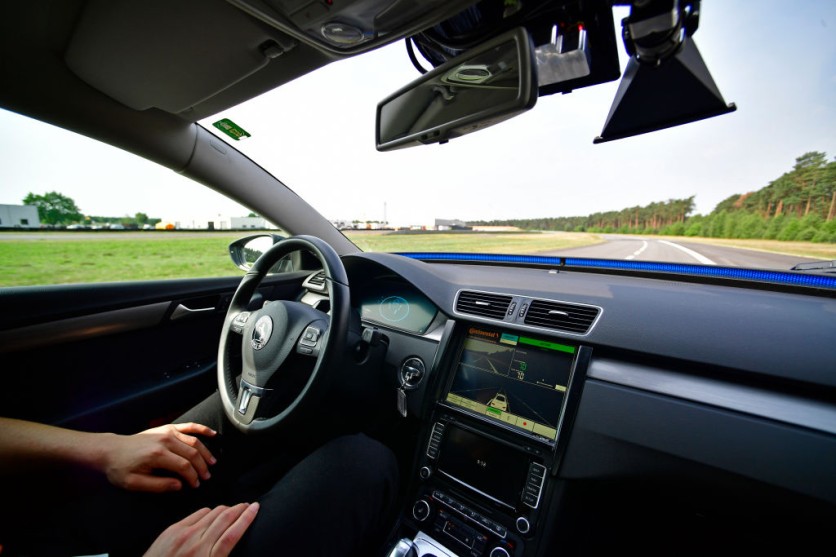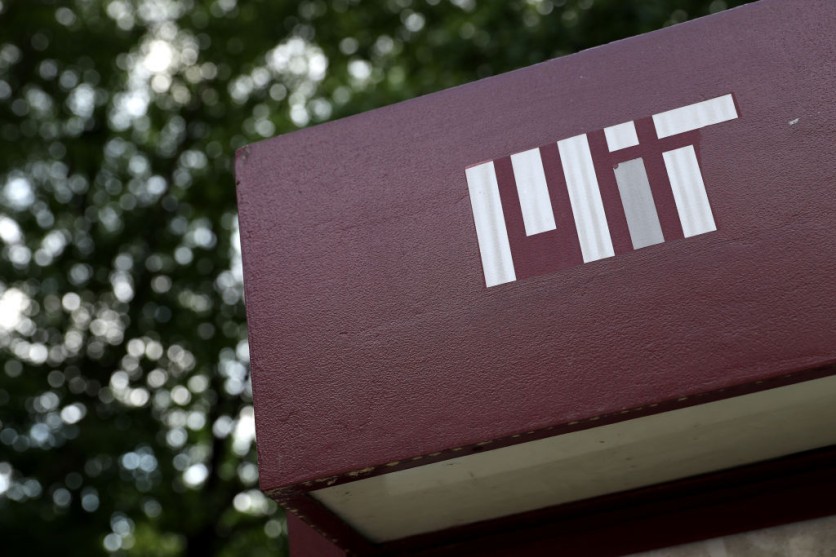MIT unveiled its new AI technology, which is expected to benefit vehicles in the near future.

The Massachusetts Institute of Technology partnered with Rice University researchers to develop a new computer vision system.
To help you understand how this new AI tech works, MIT explained that it could allow people to see corners and other areas blocked by obstacles.
The new computer vision technology can do this by leveraging reflections to image the world, producing an X-ray vision-like effect.
MIT's New AI Tech Could Make X-Ray Vision a Reality!
According to Interesting Engineering's latest report, MIT expects its new AI technology to change how people see the world.

A sign on the Massachusetts Institute of Technology campus on July 08, 2020, in Cambridge, Massachusetts. Harvard and MIT have sued the Trump administration for its decision to strip international college students of their visas if all of their courses are held online.
The tech institute stated that the new computer vision technique would turn shiny objects into extraordinary cameras. These will enable people to see their surroundings through unique lenses.
"We have shown that any surface can be converted into a sensor with this formulation that converts objects into virtual pixels and virtual sensors," said Kushagra Tiwary, a co-author of the new MIT research via MIT News.
The Media Lab Camera Culture Group graduate student added that the new AI technique could be applied in many different areas.
How MIT's New AI Tech Works
MIT's new AI technique works by capturing images of shiny objects from various angles. After that, the obstacle's surface will be converted into a virtual sensor that captures reflections.
Then, the artificial intelligence system will map the reflections. This would allow the computer vision tech to estimate the depth within the scene.
Aside from this, the tech can also reveal novel perspectives once blocked by obstacles.
Since MIT's new AI tech gives a wider vision scope, experts said that it could be applied in vehicles, especially autonomous cars, making them safer and more efficient when it comes to road navigation.
If you want to learn more about the new artificial intelligence system's benefits to autonomous vehicles, you can click here.
In other news, Microsoft confirmed it is testing the new privacy-focused ChatGPT. We also reported on how artificial intelligence could change the banking industry.
For more news updates about AIs and similar innovations, always keep your tabs open here at TechTimes.

ⓒ 2025 TECHTIMES.com All rights reserved. Do not reproduce without permission.




